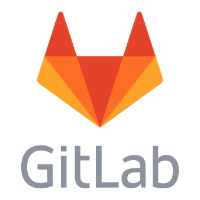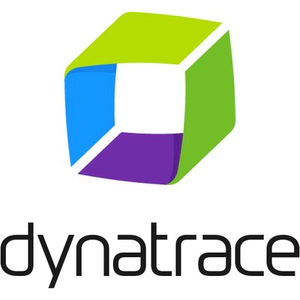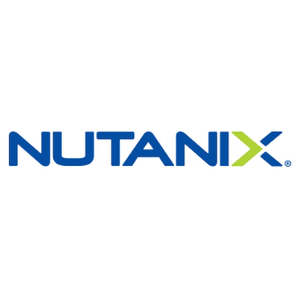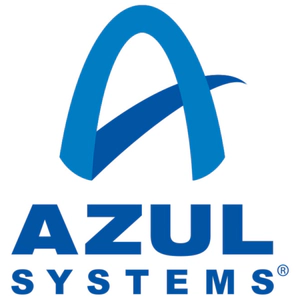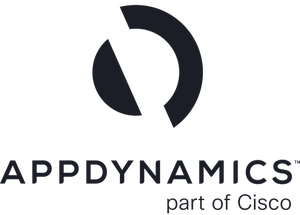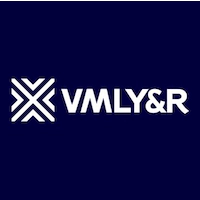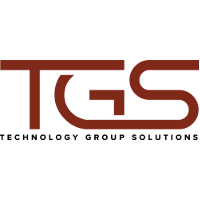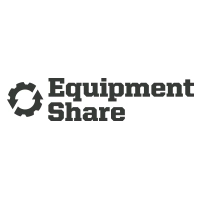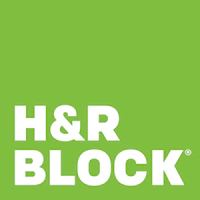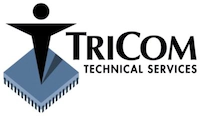Coding the FinTech Enterprise
A few years ago, operating system configuration changes at Jack Henry & Associates were a very manual process. The Server Engineering team had a small, yet capable, team and had to manage OS layer and other configurations on 10,000+ systems. The entire team was burdened with an endless queue of cases from various stakeholders to implement configurations ranging from agent remediation to setting registry keys across a list of pre-defined systems. And, we had no way of knowing what current configurations looked like.
One day, we decided we wanted to do things in a better way. Instead of simply reacting to what the business needed, we decided to get proactive to ensure we wouldn’t have to fix the same thing twice. At this point in time we started utilizing modern configuration management tools to start turning our infrastructure and compliance rules into code.
Before we started managing configurations, we made it a priority to know what current configurations looked like across the entire fleet. Based off the insights we gathered from this initiative, we knew what configurations needed to be applied and where to apply them. This took our workload from a reactive stance to a proactive stance.
We’ll describe how we used these tools to automate manual processes, overcome cultural blockers, and enable that small team to do more than what they could before.
Speakers

Seth Thoenen
Seth is a Systems Engineer at Jack Henry & Associates. When he’s not working on automating the Enterprise, he’s probably running. You can follow him on Strava (here).

